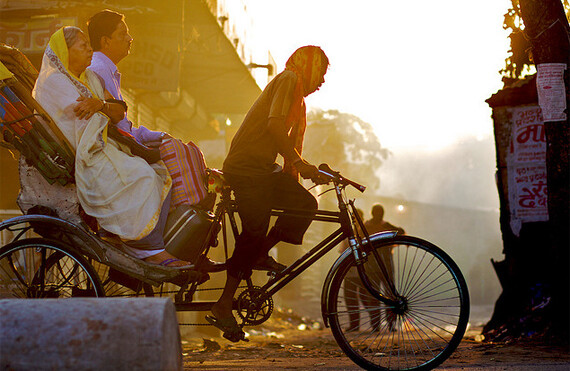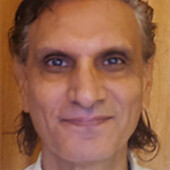Poverty reduction or the lack thereof must always be viewed in light of overall wealth creation to reveal how the fruits of growth are shared.
For example, a new World Bank study indicates that 95 percent of the world's recent poverty reduction has happened in China. And despite India's similarly high growth rates, an overwhelming number of people still live in poverty in South Asia. China invests nearly twice what India does in achieving better social indicators in areas like education, nutrition, and health. China is not simply an example of a great growth story, but also of social investment and achievement.
Poverty reduction is also related to how poverty is defined and measured in its many dimensions. Specific policies can thus be designed to focus on the key drivers, and to target the poor accordingly. Instead of a narrow view of poverty based on caloric intake, consumption, and income, as is generally done in India, it may be more useful to focus on the internationally most credible, more useful, and most innovative ways of measuring and tackling poverty.
For example, the Oxford Poverty & Human Development Initiative (OPHI) and the UN Human Development Report launched an international Multidimensional Poverty Index (MPI) that reflects the multiple acute deprivations that people experience at the same time. The MPI was featured in the Human Development Report 2010.
The MPI shows simultaneous deprivations in health, education, and standard of living using indicators such as malnutrition, child mortality, no educated family members, having a child out of school, not having electricity, drinking water, adequate sanitation, clean cooking fuel, adequate flooring, and assets. In a unique step, a person is only identified as multidimensionally poor if he or she is deprived in at least one-third of the dimensions.
Even in countries with strong economic growth, the MPI shows the persistence of acute poverty. The case of India is illustrative. Eight Indian states (Bihar, Chhattisgarh, Jharkhand, Madhya Pradesh, Orissa, Rajasthan, Uttar Pradesh, and West Bengal) are home to more MPI poor people (421 million) than the 26 poorest African countries combined (410 million). All eight states and 26 countries have an MPI greater than 0.32.
International poverty comparisons typically use the $1.25/day line and the $2/day lines. The MPI complements these by reflecting deprivations related to the Millennium Development Goals. There can be considerable and telling differences. In some countries, MPI services such as water, sanitation, and schooling are provided free or at low cost; in others they are out of reach even for many working people with an income.
National multidimensional poverty measures are being developed so that they better reflect the context of each country. Mexico has approved a measure that includes income plus six social dimensions. Colombia has one under formulation. Bhutan's Gross National Happiness index uses OPHI methodology, with nine dimensions and a "sufficiency" criterion for each indicator. In India's case, caste could be included as an indicator of social poverty.
Already we know that the poor in India are being undercounted. The recent socioeconomic survey by the Sen Commission found that the number of poor is five percent more than the figure calculated by the Planning Commission of India. How can you help people if you don't even know they exist? One of the reasons for the success of the cheap public food distribution system in Chhattisgarh state is that it casts a wide net, including diverse categories of the poor like homeless, widows, leprosy patients, laborers, small and marginal farmers, and hostel residents.
The MPI is thus very useful for policy making. It can show a direct response, so that policymakers receive quick feedback rather than waiting until changes show up in income. Second, the MPI can be broken down by population subgroup and by indicator. This means policymakers can see how the composition of poverty varies among the multidimensionally poor: by rural-urban area, by state or region, by ethnicity, religion, or other groupings of interest. Policies can be designed accordingly.
Since MPI is computed using each person's intensity of poverty first, the "poorest of the poor" can be identified and targeted. This is crucial when resources are scarce.
MPI is like a prism through which we can know whether a person or group is poor, how they are poor, and precisely which deprivations they experience at the same time. This latter aspect was recommended by the French Commission on the Measurement of Economic Performance and Social Progress because "the consequences for quality of life of having multiple disadvantages far exceed the sum of their individual effects."
Critics have pointed out that targeted delivery of social services is not possible because poverty categories can exclude many in need and include many who are not. They say giving cheap food or other social benefits en masse is a waste of national resources. They see no alternative to simple poverty-line measurements, and they say welfare schemes lead to inevitable corruption and misapplication. Therefore, they conclude, benefits and subsidies to the poor should be curtailed.
There is no such excuse anymore when respectable international agencies and many countries are effectively embracing the multidimensional approach.




